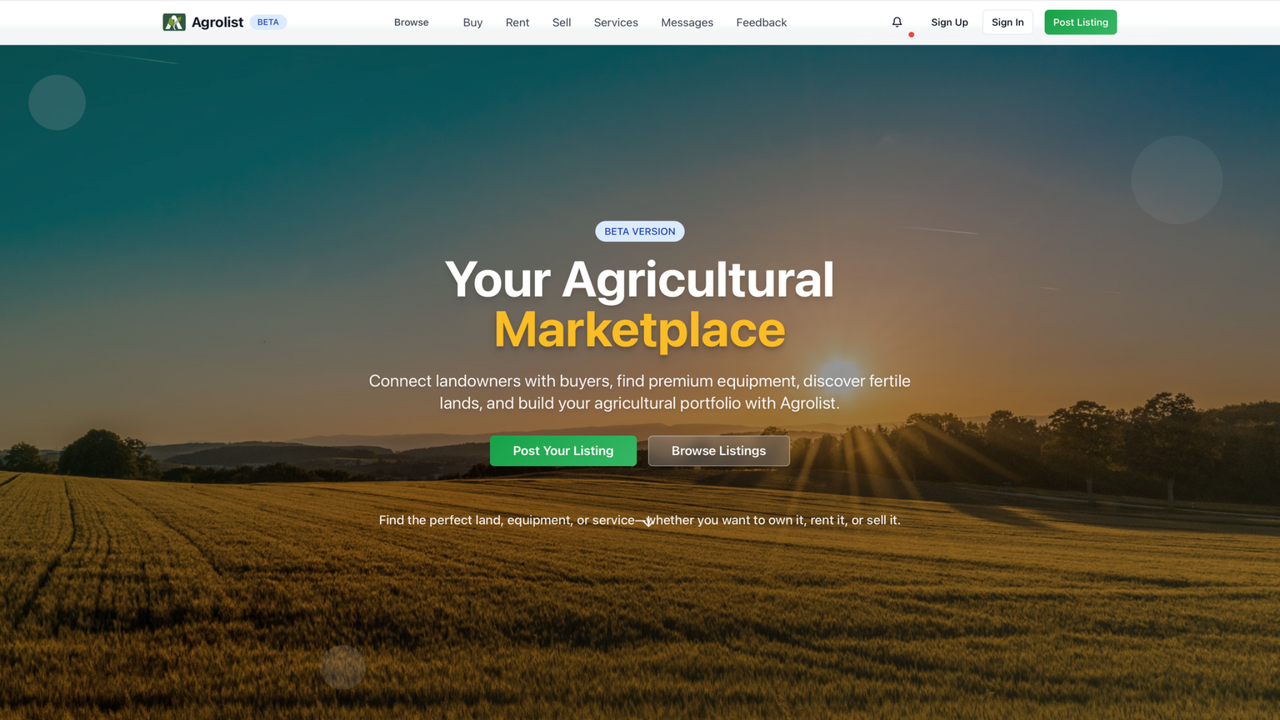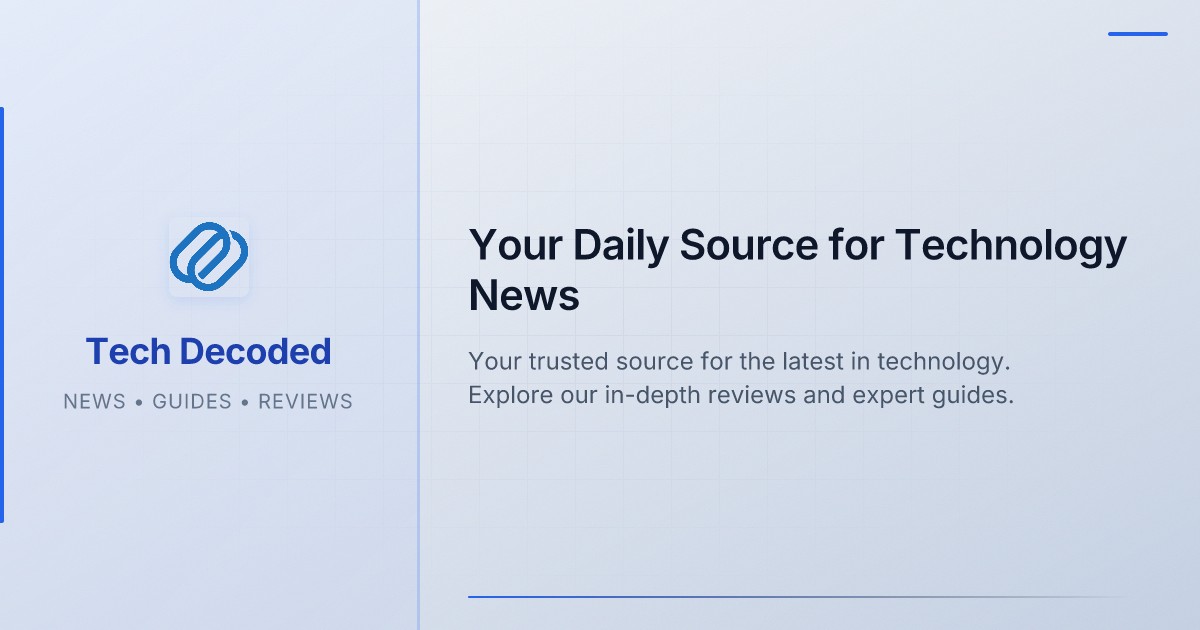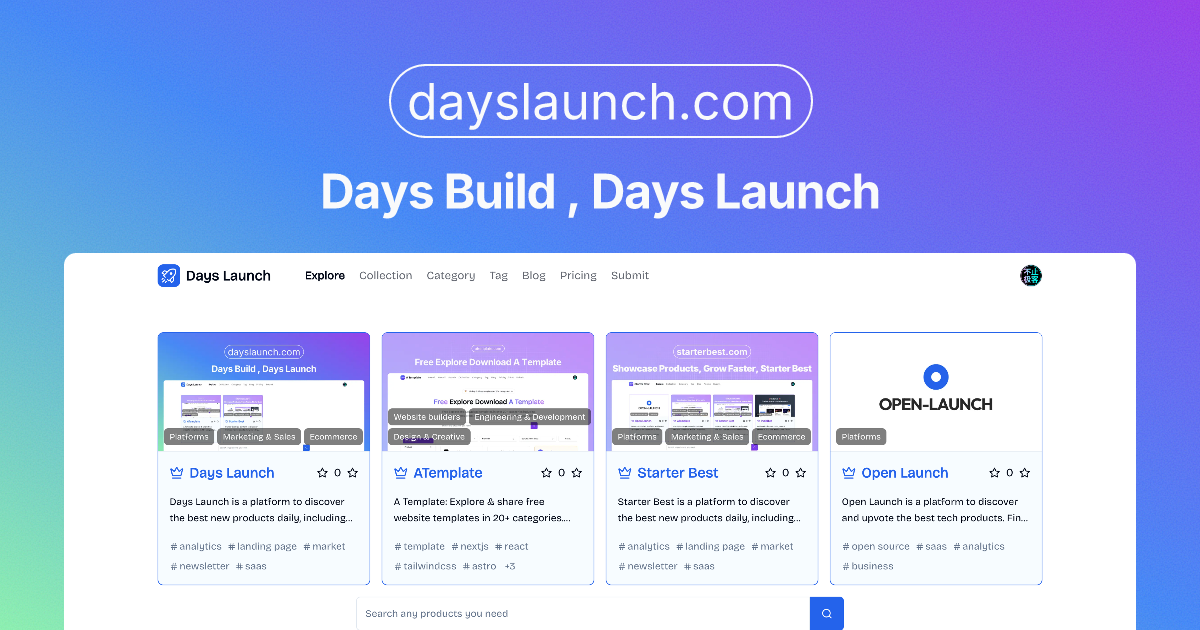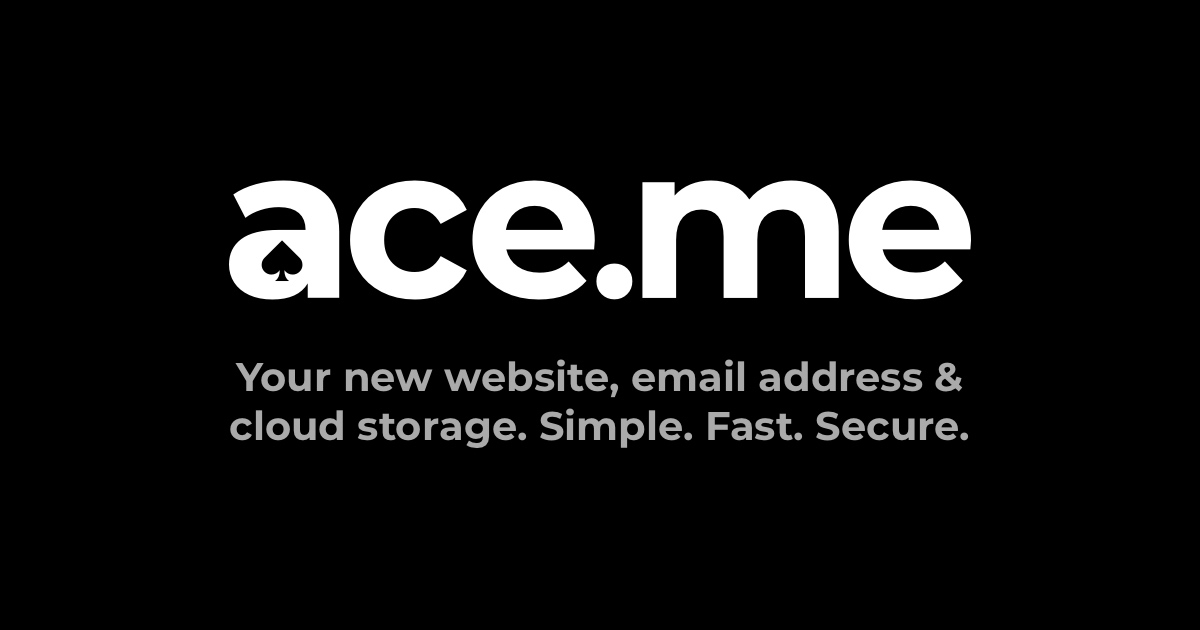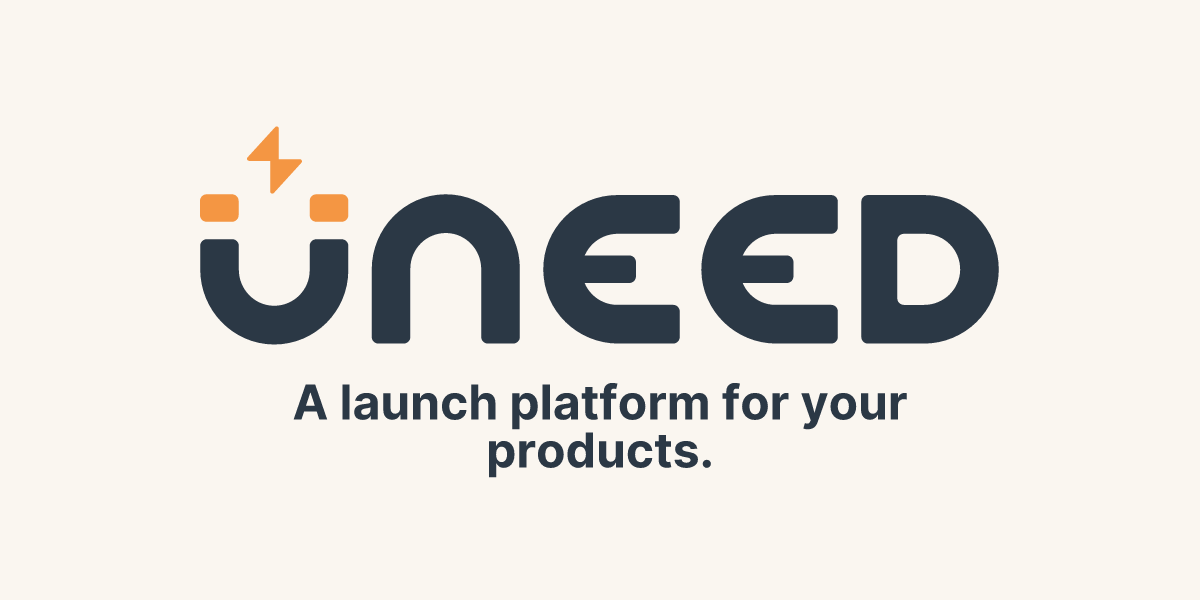Cloudflare Workers is a powerful serverless platform that allows developers to deploy code instantly across Cloudflare's global network. It's designed for applications requiring exceptional performance, reliability, and scale, making it ideal for developers and businesses looking to build high-performance, globally distributed applications without managing infrastructure.
Key Features
0ms Cold Starts: Your code runs instantly worldwide, eliminating the common serverless cold start delay.
Automatic Scaling: Effortlessly scales to handle any traffic volume without manual configuration, load balancers, or paying for unused capacity.
Global Network Deployment: Code is deployed to 275+ data centers, ensuring low latency access for virtually every internet user.
Multi-Language Support: Write code in JavaScript, Rust, C, and C++, with templates and CLI tools for quick starts.
Exceptionally Affordable: Offers a generous free tier of 100,000 requests per day, with paid plans starting at just $5/10 million requests.
Edge Storage (Workers KV): Built-in global, low-latency key-value data store for static assets and dynamic content generation at the edge.
Use Cases
Cloudflare Workers excels in scenarios where low latency and global distribution are critical. It's perfect for building high-performance APIs that need to respond quickly to users worldwide, as the code runs milliseconds away from them. Developers can leverage Workers to create dynamic content on the fly, such as generating images, SVGs, or PDFs at the edge, eliminating the need for complex build steps and delivering content as fast as static assets.
Furthermore, Workers can enhance existing static sites by adding dynamic functionality without requiring a backend server. This includes modifying pages before they reach the user with tools like HTMLRewriter, or handling form submissions and user authentication at the edge. Its automatic scaling and cost-effectiveness also make it suitable for event-driven architectures, real-time applications, and offloading compute-intensive tasks from origin servers.
Pricing Information
Cloudflare Workers offers a compelling freemium model. The Free plan includes 100,000 requests per day, deployment of up to 100 Worker scripts, and a free workers.dev subdomain. Paid plans start at a minimum of $5 per month, which includes 10 million requests, with additional requests priced at $0.30 per million, making it highly cost-effective compared to other serverless platforms.
User Experience and Support
The platform emphasizes ease of use, allowing developers to deploy code quickly using a simple CLI (npx wrangler deploy), a web interface, or an API. Cloudflare provides comprehensive documentation, tutorials, and language-specific templates to help users get started rapidly. Support resources include a Discord community, Twitter, and dedicated support channels for paid users, ensuring a smooth development experience.
Technical Details
Cloudflare Workers runs code within V8 isolates on Cloudflare's extensive global network of data centers. This architecture enables its unique 0ms cold start capability and high performance. Developers can write their serverless functions using popular languages like JavaScript, Rust, C, and C++, leveraging the power of the V8 engine. The platform also integrates with Workers KV, a distributed key-value store, for persistent data storage at the edge.
Pros and Cons
Pros:
Unmatched global performance and low latency.
Eliminates cold starts for instant execution.
Automatic, effortless scaling without configuration.
Highly cost-effective, especially with the generous free tier.
No server or infrastructure maintenance required.
Flexible language support (JS, Rust, C, C++).
Integrated edge storage for dynamic content and assets.
Cons:
Requires understanding of edge computing paradigm.
CPU time limits per request (10ms free, 30s paid) may require architectural adjustments for very long-running tasks.
Workers KV storage limits on the free tier.
Conclusion
Cloudflare Workers redefines serverless computing by offering unparalleled global performance, instant execution, and automatic scalability at an exceptional value. It empowers developers to build and deploy powerful, distributed applications with minimal operational overhead. Explore Cloudflare Workers today to transform your application's performance and simplify your development workflow.
